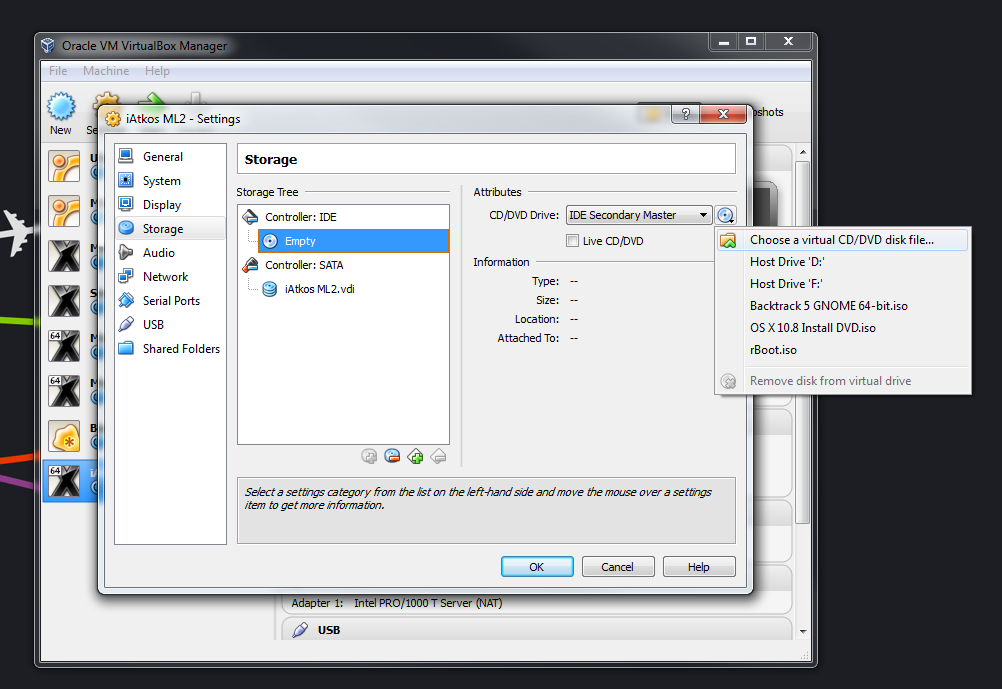This macOS clamAV repo is now part of MacPorts. The details below this notice are deprecated. To install: sudo port install clamav-server sudo port load clamav-server macOS-clamAV. A simple macOS clamAV configuration with scheduled volume scans and on-access scans of user Downloads and Desktop directories.
Clamav Mac Dmg Software
- ClamXav for Mac scans your computer or selected files and folders for viruses to help keep it running smoothly. With clear controls and instructions, this program makes it easy to keep your data.
- ClamXAV keeps threats at bay and puts you firmly in charge of your Mac’s security. Scan a specific file or your entire hard drive. Set it to scan automatically or run instant checks on suspicious files. It’s entirely up to you. Silent and deadly. ClamXAV is light on processing but heavy on malware.
cp/usr/local/etc/clamav/freshclam.conf.sample /usr/local/etc/clamav/freshclam.conf; sed-ie 's/^Example/#Example/g'/usr/local/etc/clamav/freshclam.confcp/usr/local/etc/clamav/clamd.conf.sample /usr/local/etc/clamav/clamd.conf; sed-ie 's/^Example/#Example/g'/usr/local/etc/clamav/clamd.confsudomkdir/Users/Shared/Quarantinesudoclamscan -r — scan-pdf=yes-l /Users/Shared/Quarantine/Quarantine.txt — move=/Users/Shared/Quarantine//result = `cat/Users/Shared/Quarantine/Quarantine.txt`#Echo Quarantine into EAecho'<result>$result</result>'ClamAV on Mac with Kerio MailServer
© May 2019 Anthony Lawrence
I downloaded ClamAV source from https://www.clamav.net. A simple ./configure; make; make install in the source directory was all that was required (thogh you do have to install the Xcode Tools from your install cd if you haven't already).
Well, gosh, that was easy. Now what?
Well, that depends on what you plan to do with it. If you only plan to scan files on your drives, there's nothing else you need.If you are planning to use the supplied 'clamav-milter' (see Sendmail Milters),you need to add the milter to your mail configuration (and you would have needed to run './configure --enable-milter' before compiling).See clamav-milter(link dead, sorry)for very basic instructions on adding this milter to sendmail.
In my case, I wanted to use it with Kerio Mailserver.
Kerio MailServer is able to work with several virus scanning engines. The preferred primary is McAfee, but (depending on your OS platform) other plugins can be used. As of version 6.1, they introduced the ability to do dual scanning, which allows each message to be scanned by two different AV products (one must be their McAfee option). Dual scanning can increase the chances of detecting viri.
Now with the 6.2 release (available in beta as I write this), ClamAV support has been added and can be used either as the stand-alone scanner or as the secondary to McAfee.
To use ClamAV with Kerio MailServer you need to get /usr/local/sbin/clamd running on the Mac (basically the same procedure applys to Linux) . That's going to requre editing (with sudo) two configuration files: /usr/local/etc/clamd.conf and /usr/local/etc/freshclam.conf
ClamAV forces you to at least comment out the 'Example' line from these files:
# Comment or remove the line below.
Example
For freshclam.conf that may be all you want or need to do, but at least this made you aware that the file exists and that you do have options to control freshclam. Freshclam is the program that updates Clamav's virus database, so you probably want to set it to run periodically with cron.


You'll need to do a little more with /usr/local/etc/clamd.conf. In addition to commenting out the 'Example', you need to set 'TCPSocket 3310' and you probably want to set 'TCPAddr 127.0.0.1' unless Kerio is running on a different machine than ClamAV.
With these set, you can start /usr/local/etc/clamd. After starting it, you should see it listening on port 3310:
$ sudo /usr/local/sbin/clamd
$ sudo lsof -i:3310
COMMAND PID USER FD TYPE DEVICE SIZE/OFF NODE NAME
clamd 18975 root 0u IPv4 0x2f92e88 0t0 TCP localhost:dyna-access (LISTEN)
Of course you'll want clamd starting up on reboot. It would be best to handle that through Launchd but you could also just add it to /etc/rc if you want. Launchd gives you more control to restart if necessary.
Clamxav
Kerio automatically tests Clam with an EICAR file but you can send the same pattern to a local user if you aren't the trusting sort. I tested, and found the expected entry in the Kerio Security Log:

I'm glad to see this support added to Kerio. I think it would have been better if they had implemented milter support because that would allow even more options for Kerio users, but this is a welcome addition.
Got something to add? Send me email.
(OLDER) <- More Stuff -> (NEWER) (NEWEST)
Printer Friendly Version
-> -> ClamAV on Mac
Inexpensive and informative Apple related e-books:
El Capitan: A Take Control Crash Course
Take Control of Numbers
iOS 10: A Take Control Crash Course
Take Control of IOS 11
Photos: A Take Control Crash Course